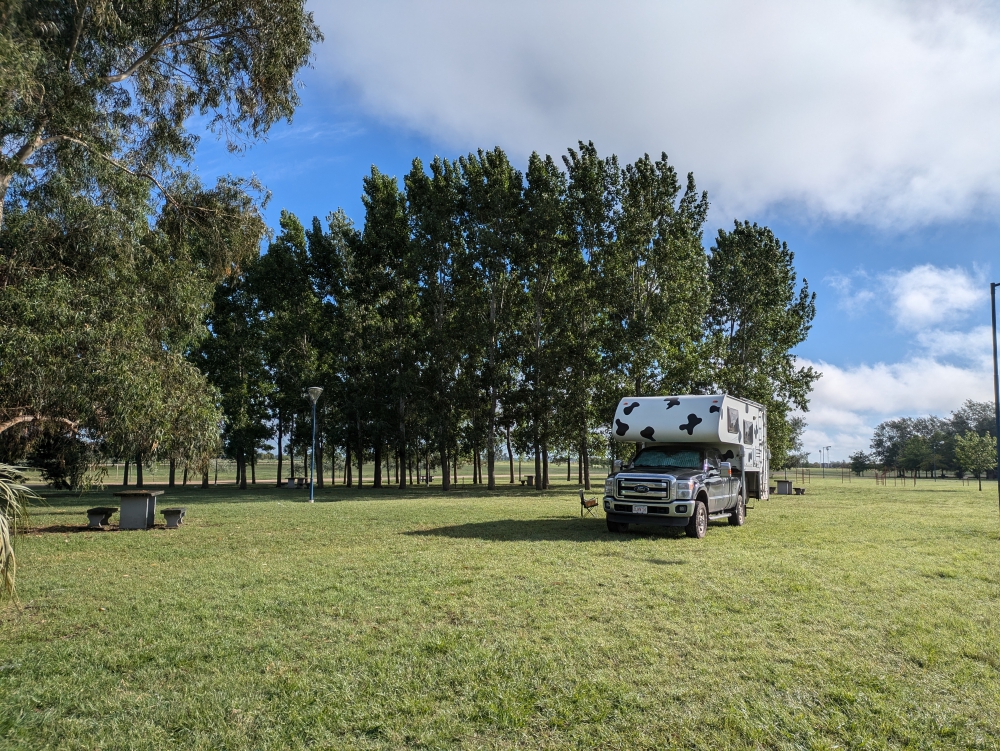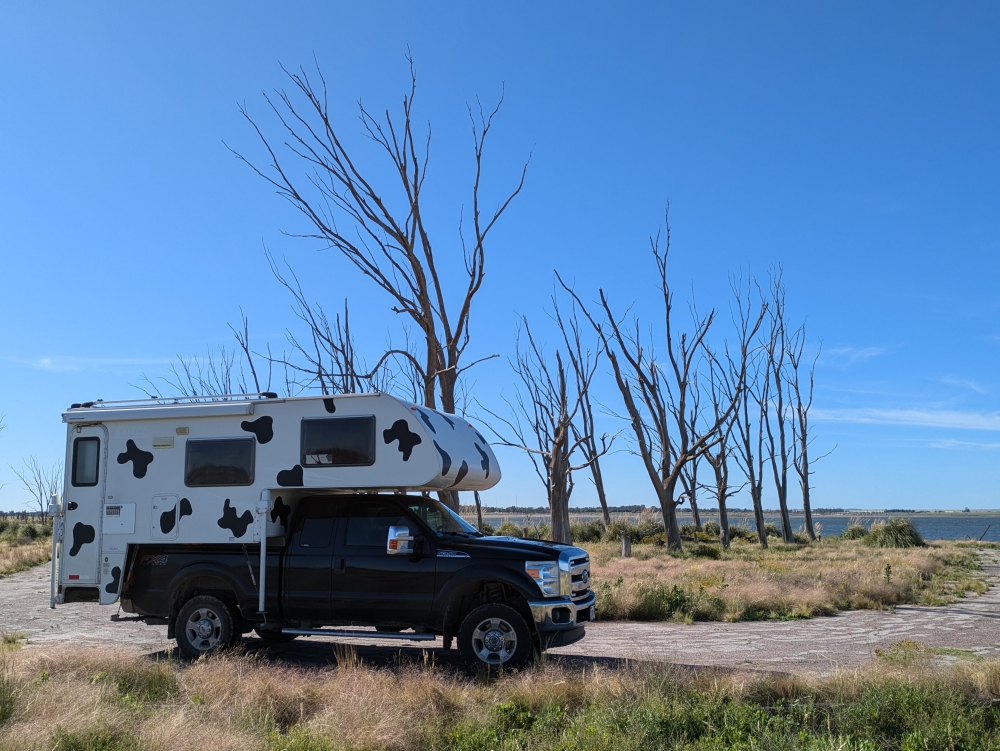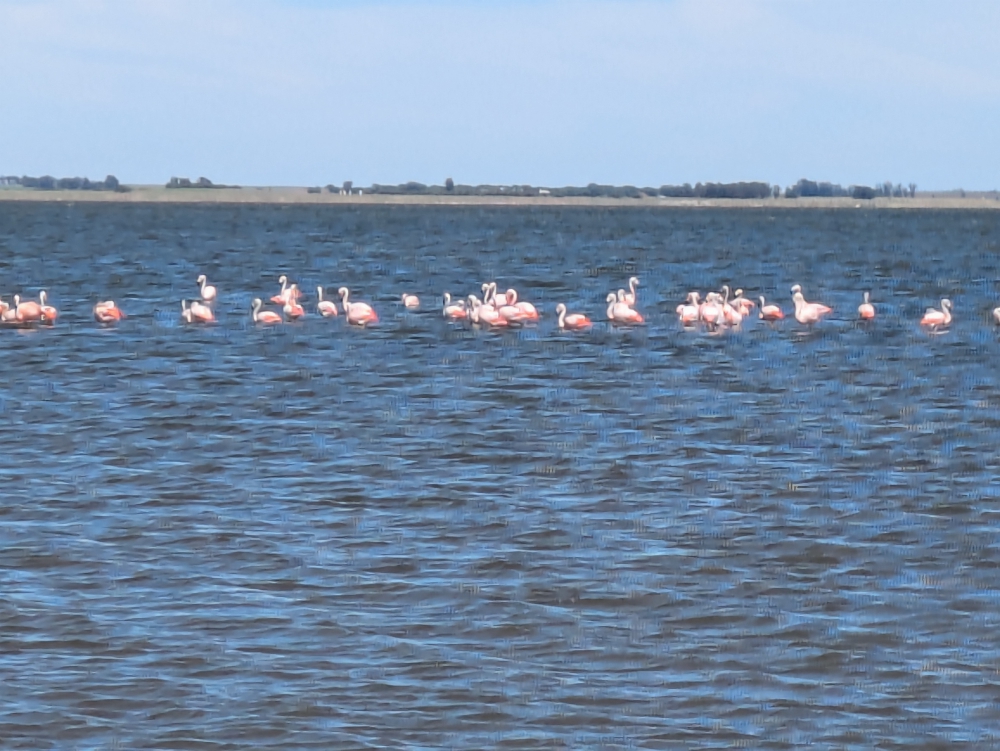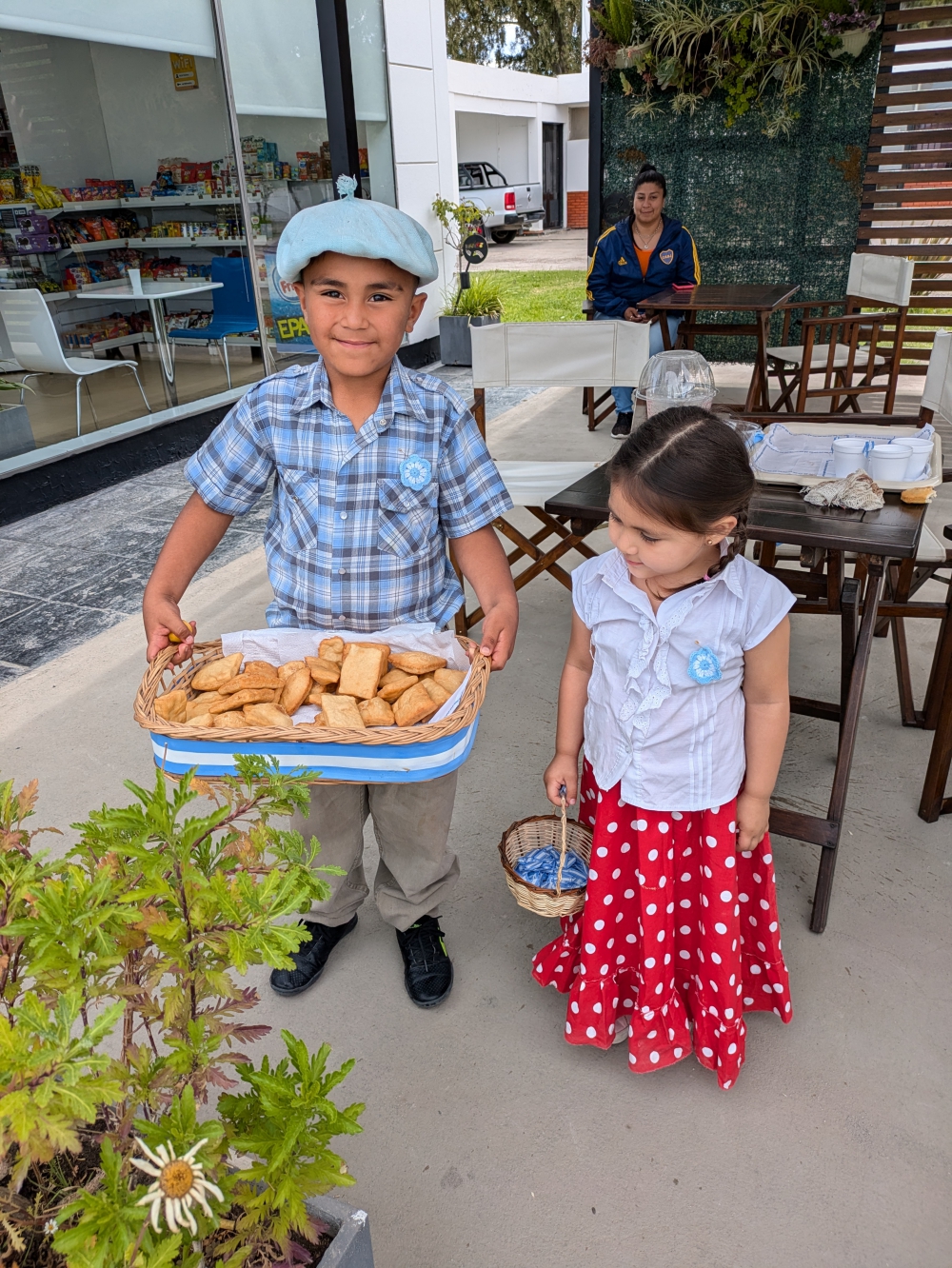Some facts:
- Antarctica is called the Frozen Continent or the White Continent, because it’s covered by a thick layer of ice that measures about 2,000m (6,500ft) and all the snow gives it a white appearance.
- It is the coldest, driest, and windiest continent on earth.
- Antarctica is the fifth-largest continent on earth at almost twice the size of Australia.
- It’s the only continent without year-round inhabitants – While there are research stations on Antarctica, no permanent human population lives there due to the harsh climate and remote location.
- The Antarctic Treaty, signed in 1959 by twelve nations, is a unique and unprecedented agreement to keep peace in Antarctica and act towards its best interests. It applies to the area south of latitude 60°S.
- The Antarctic Peninsula makes up a small fraction of the continent, but is the area where tourism is concentrated, due to its unique landscape, abundant marine life, milder climate, and decent accessibility.
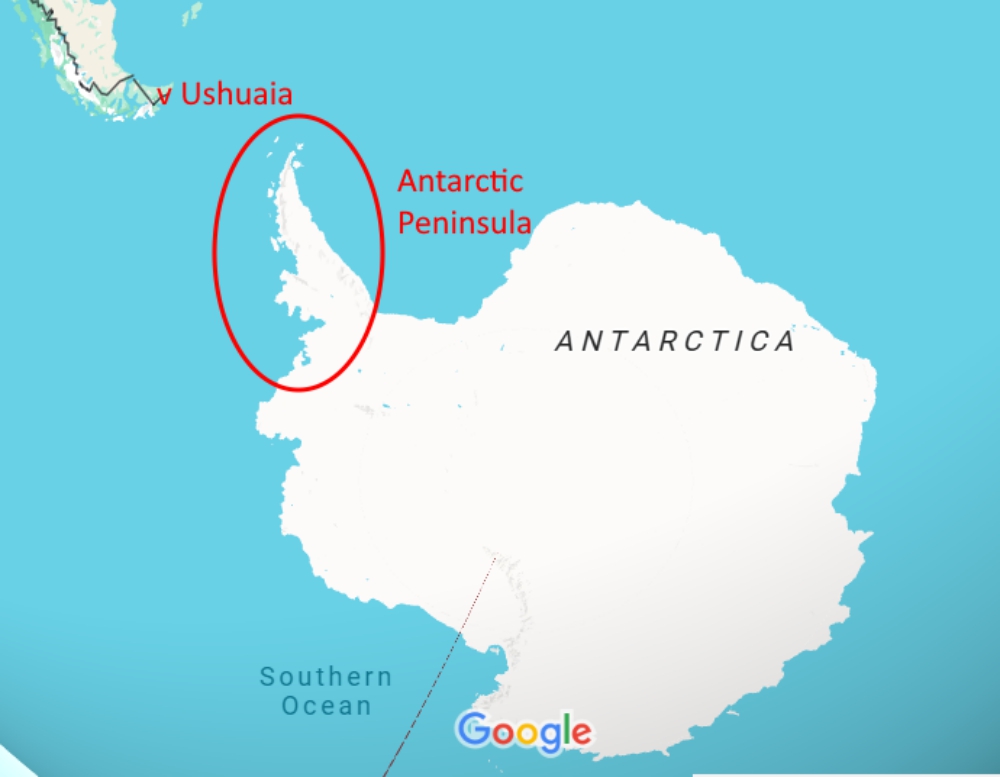
The continent of Antarctica with the Antarctic Peninsula
My fascination
I don’t like being cold, so I can’t say going to Antarctica has been a life-long dream, but my interest about it started when travel became my life (which it has been for 20+ years) and I discovered “the world was my oyster.” My curiosity about new experiences and places is insatiable. The few people who visited this continent a decade ago, raved about it and their photos were stunning.
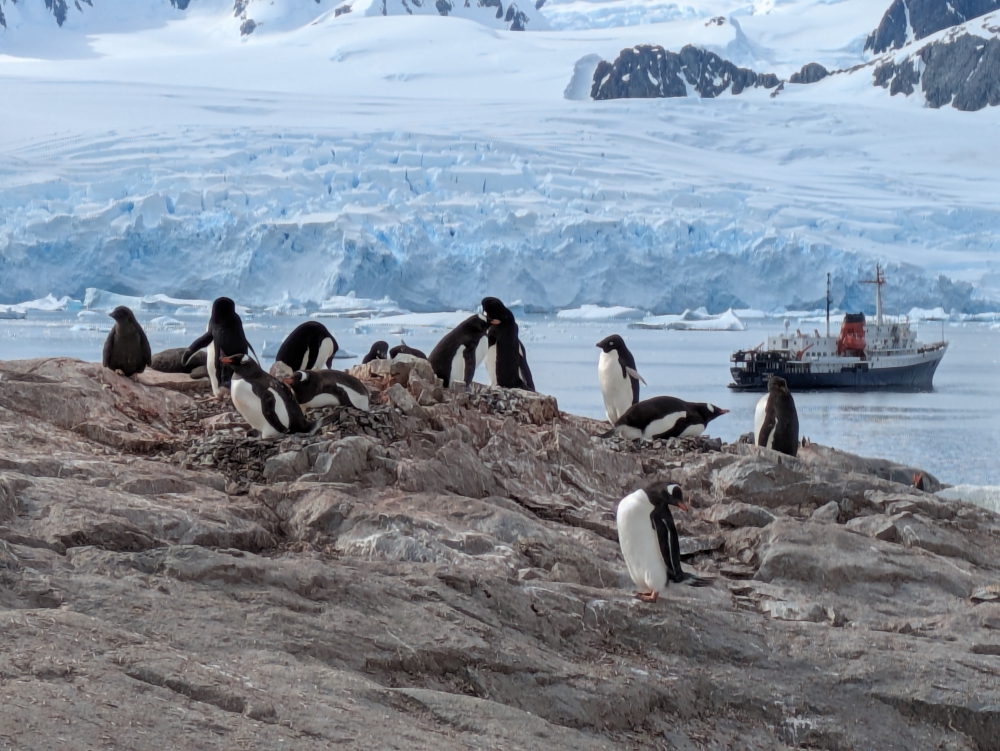
Gentoo and Adelie penguins in front of the MV Ushuaia
In 2015, I discovered the UK had a post office on the continent that needed staff. After some research, I applied for a job as a Port Lockroy assistant to work in Antarctica for five months during the 2016-2017 season. I don’t know what I was thinking. The logistics would be quite difficult for us and only four candidates would make the cut. Needless to say, I didn’t even reach the second round, but my fascination to visit grew.
At some point (December 2019), my blogging friends Steven and Annie Berger posted about their journey to Antarctica (here, here, here, here, and here) and my heart jumped. They inspired me to keep the desire alive. I recently discovered they were actually on the same ship (Ushuaia) than me!
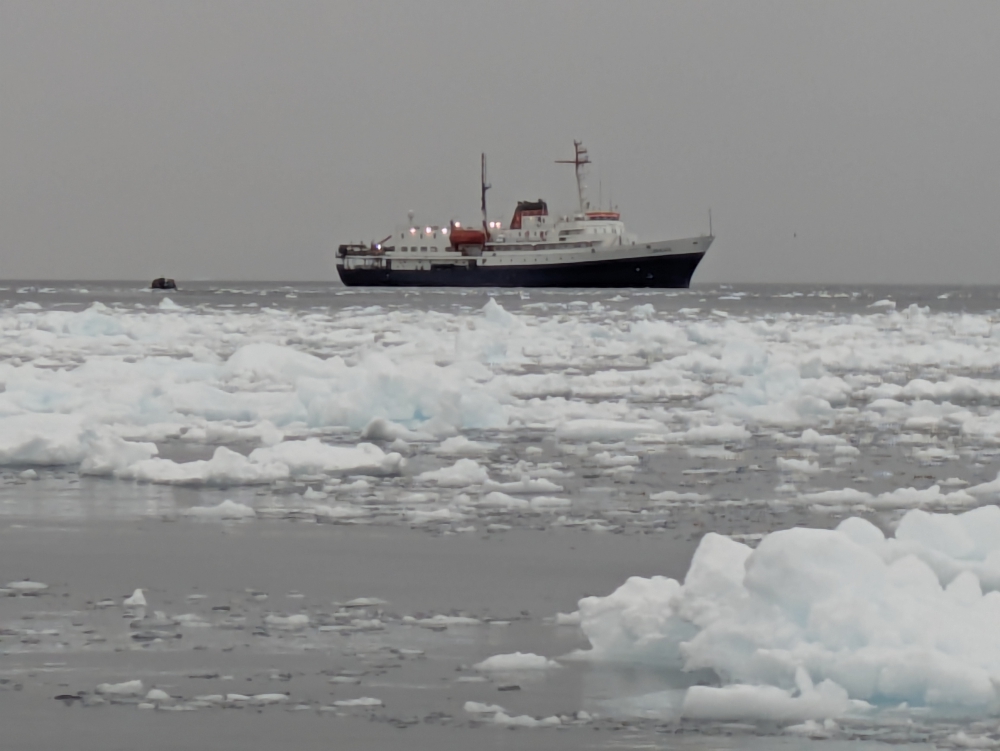
Returning to our ship, MV Ushuaia, through ice floes
And then, in November 2022, the three of us arrived in South America with the goal of driving all the way to “the end of the world,” namely Ushuaia, which is the gateway to Antarctica. I’d never come this close to the seventh continent and I would never be able to visit for less money than from there. Overlanding friends had enjoyed a cruise to Antarctica in the 2023-2024 season for the last-minute price of $5,000 or less, depending on the comfort level of the ship. I could swallow that; I had savings. The plan was hatched for austral summer 2024-2025. We only had to find a solution for Maya. Or so we thought.
Continue reading




